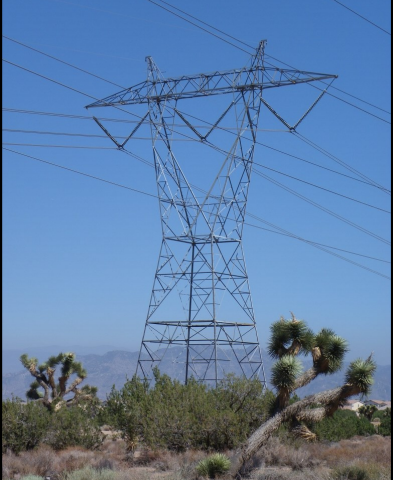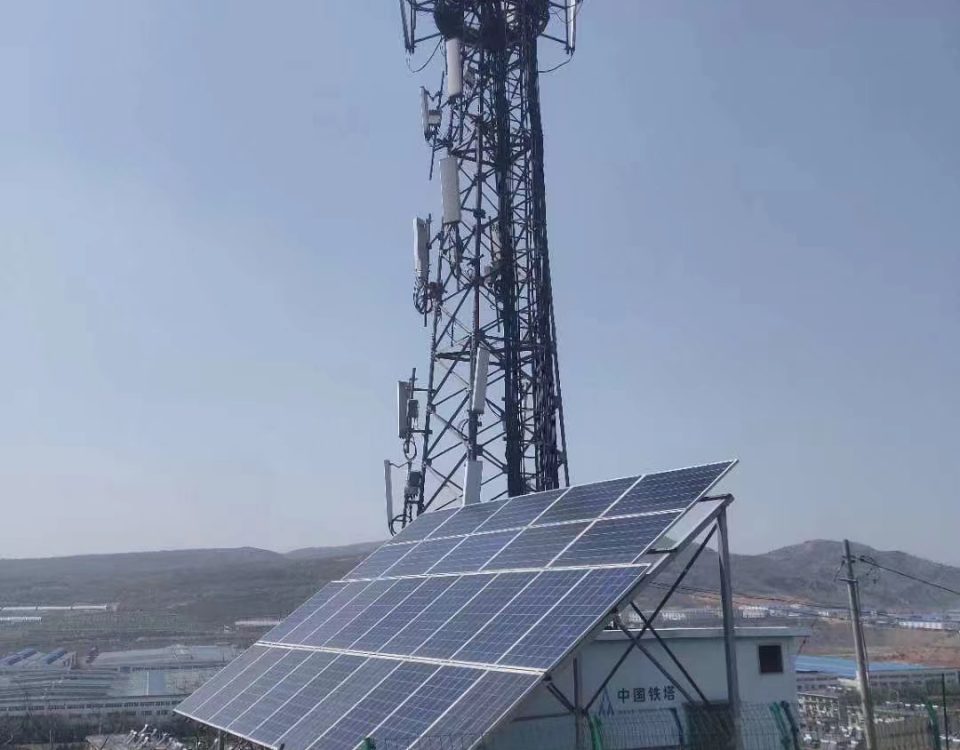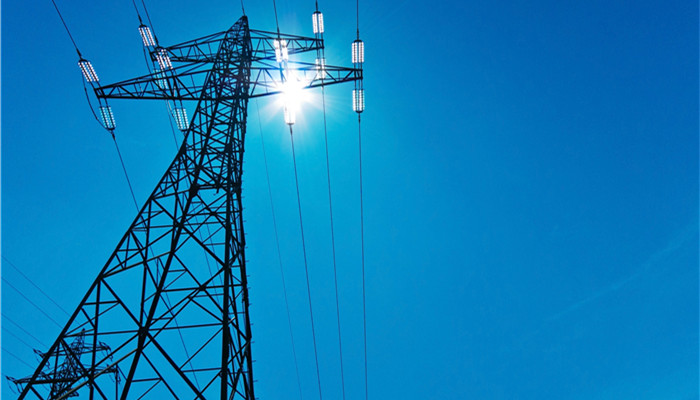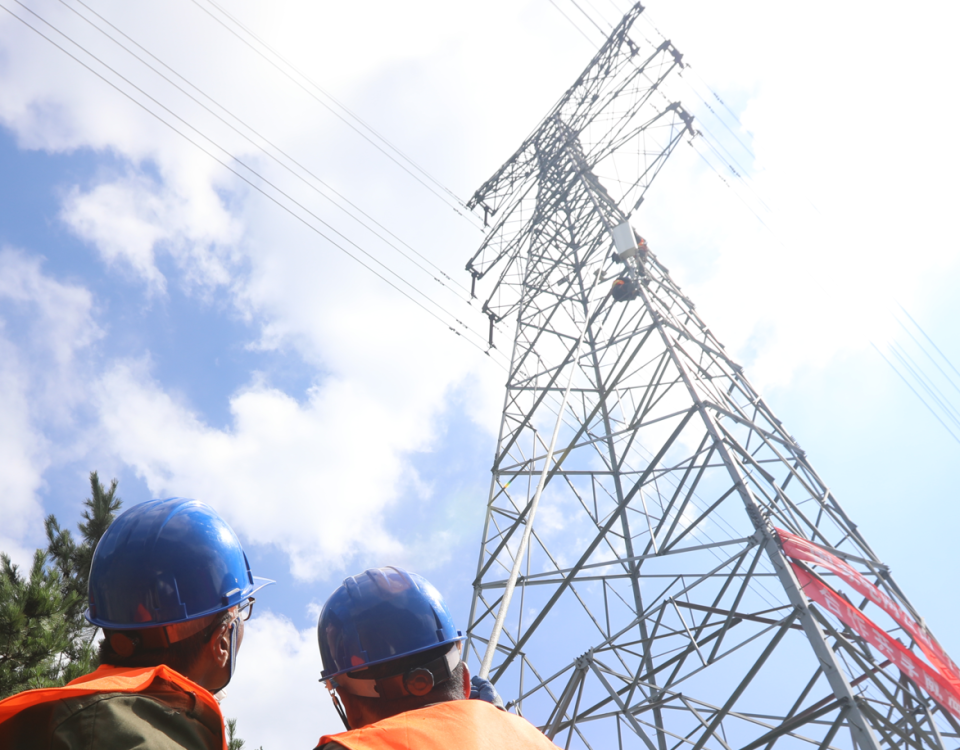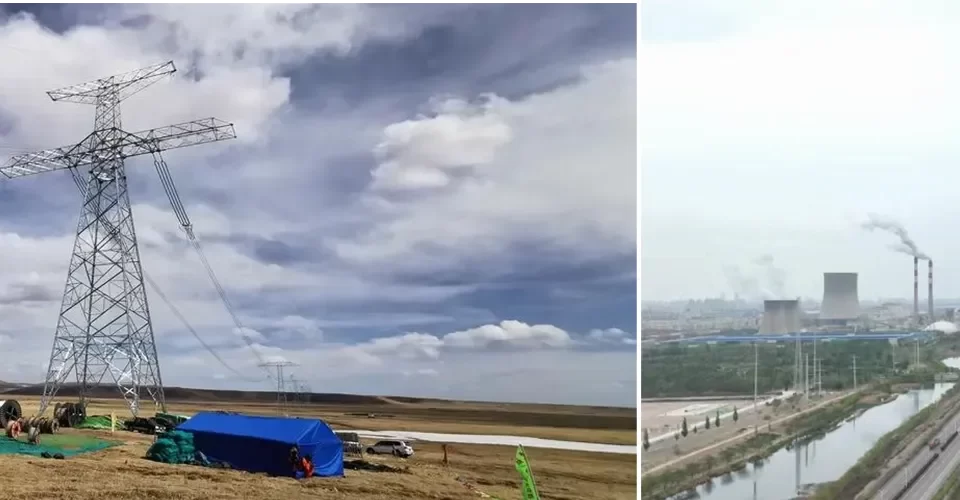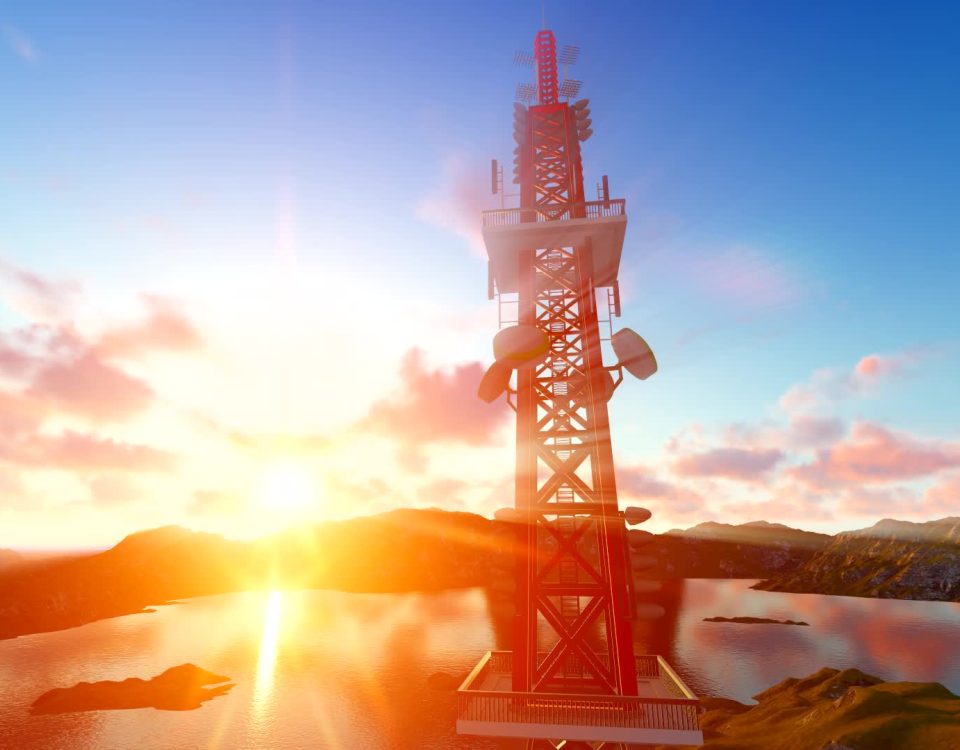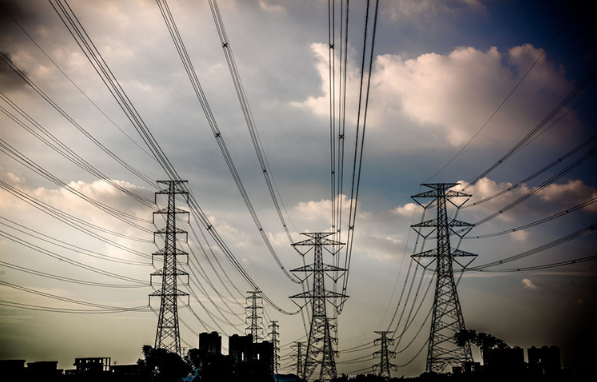
Quali sono i diversi tipi di torri utilizzate nel sistema di trasmissione di potenza?
giugno 29, 2023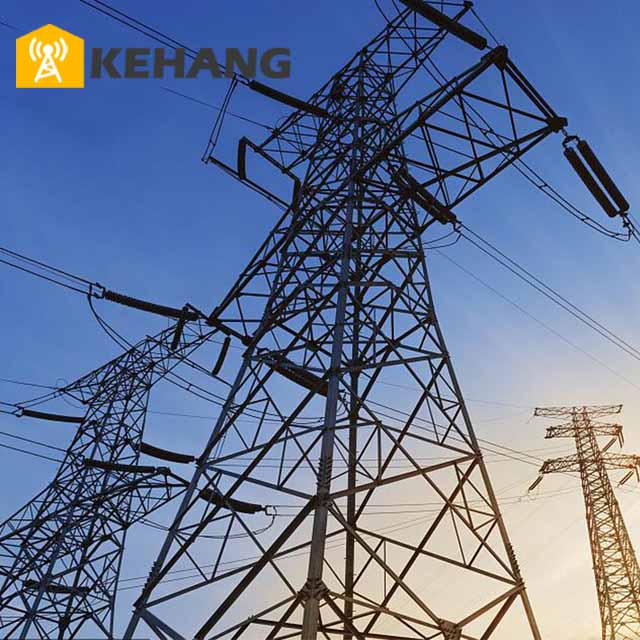
In che modo gli ingegneri determinano l'altezza ottimale, design, e materiale per torri di trasmissione?
luglio 23, 2023Qual è la scienza dietro la torre delle linee di trasmissione elettrica?
Le linee di trasmissione elettrica sono una parte cruciale della rete elettrica, trasportare l’elettricità dalle centrali elettriche alle sottostazioni prima che arrivi alle case, imprese, e altri utenti. C'è molta scienza e ingegneria coinvolte nella loro progettazione e funzionamento. Ecco come funzionano:
- Generazione di energia elettrica: Inizialmente, le centrali elettriche producono elettricità, solitamente convertendo l'energia meccanica in energia elettrica. Ciò avviene attraverso vari metodi, come bruciare combustibili fossili, reazioni nucleari, o utilizzando risorse rinnovabili come l’energia eolica o solare.
- Trasformatori step-up: Dopo la generazione, l'elettricità è solitamente a una tensione relativamente bassa. Viene quindi fatto passare attraverso un trasformatore nella centrale elettrica, che "si fa avanti".’ la tensione. Questo viene fatto perché la trasmissione di tensione più elevata è più efficiente – riduce la perdita di potenza dovuta alla resistenza nei cavi (Perdite I^2R).
- Trasmissione ad alta tensione: L'elettricità viene quindi inviata attraverso le linee di trasmissione. Queste linee sono generalmente realizzate in alluminio o rame, che sono buoni conduttori di elettricità. Sono mantenuti in alto rispetto al suolo su torri di trasmissione per evitare qualsiasi contatto pericoloso con il suolo o con cose a terra, e per ridurre la perdita di potenza dovuta alla capacità.
- isolatori: I cavi sono collegati alle torri tramite isolatori, spesso realizzati in porcellana o vetro. Gli isolanti sono fondamentali perché impediscono all'elettricità di fluire lungo le torri e nella terra.
- Trasformatori step-down: Una volta che l'elettricità raggiunge la sua destinazione (solitamente una sottostazione), passa attraverso un altro trasformatore, che "si dimette".’ la tensione a un livello più sicuro per la distribuzione alle case e alle imprese.
- Distribuzione: La fase finale del processo è la distribuzione dell'energia elettrica agli utenti finali. Questo viene spesso fatto attraverso linee elettriche più piccole, che utilizzano nuovamente trasformatori per abbassare la tensione a un livello sicuro per l'uso nelle case e nelle aziende.
Nella progettazione e costruzione di linee di trasmissione e tralicci, gli ingegneri devono considerare una serie di fattori. Questi includono il carico elettrico che le linee devono trasportare, il terreno su cui devono passare le linee, condizioni meteorologiche, preoccupazioni per la sicurezza, e molto altro ancora. Le linee devono essere in grado di resistere al vento, pioggia, la neve, e ghiaccio, e le torri devono essere sufficientemente robuste da sostenere il peso delle linee su lunghe campate. L'altezza, design, e per garantire è necessario considerare anche il materiale delle torri prestazione ottimale e durata.

